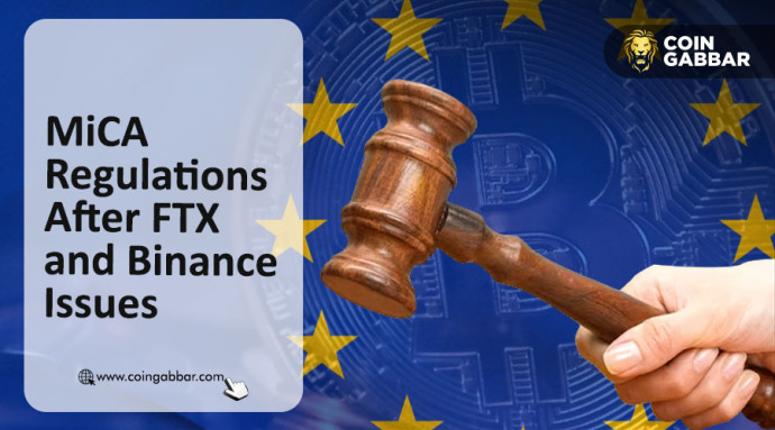EU's MiCA Came for Navigating Crypto Safeguards

Ivan Keller emphasizes MiCA rules due to exchange flaws
An official from the European Commission highlighted the significance of the European Union’s Markets in Crypto-Assets (MiCA) legislation in light of recent events involving FTX collapse in 2022 and Binance's substantial $4.3-billion settlement with United States authorities.
Ivan Keller, a policy officer at the European Commission, emphasized the relevance of MiCA's provisions during an interview at the MoneyLIVE conference in Amsterdam.
The timing of Binance's prominent settlement with the U.S. Department of Justice (DOJ), which came to light on the eve of Keller's keynote speech, served as a notable reference point for the comprehensive implementation of MiCA scheduled for 2024.
“I think we’ve had several unfortunate confirmations that kind of go down that path of robust regulation. FTX was definitely one of the big ones, and now recently with Binance,” Keller explained.
MiCA Regulations and European Union Implementation
European Commission's policy officer, Ivan Keller, provided insights into the progression toward the full implementation of the Markets in Crypto-Assets (MiCA) framework across the European Union. MiCA, lauded as one of the most comprehensive legal frameworks for cryptocurrencies globally, is poised to encompass all EU member states.
Keller emphasized MiCA's overarching goal: fostering innovation while mitigating risks to consumers, market integrity, financial stability, and monetary sovereignty. The regulations target issuers of crypto assets and crypto asset service providers, aiming to combat market abuse.
Although MiCA came into effect in June 2023, the enforcement of rules governing "asset-referenced tokens" and "e-money tokens," primarily encapsulating stablecoins, is slated to commence in June 2024. This phased approach reflects the EU's concerted efforts to regulate and ensure the responsible development of crypto assets within its jurisdiction.
Technical Standards for MiCA Implementation
Ivan Keller highlighted the collaborative efforts between the European Securities and Markets Authority (ESMA) and the European Banking Authority (EBA) in formulating numerous technical standards that encompass a wide array of considerations.
Approximately 40 technical standards are currently in the drafting phase. A significant portion has undergone public consultation, which is still ongoing. Following this, they will be finalized and submitted to the commission as a draft," Keller explained.
Once the commission receives the completed standards as a draft, they will undergo internal procedural adoption. This phase includes a two-month scrutiny period by co-legislators, namely the parliament and the European Council. These steps are integral in the comprehensive development and integration of MiCA's regulatory framework within the European Union.
Transition Period and Grandfathering Clause for Crypto Service Providers in MiCA
Keller noted that cryptocurrency service providers have had a substantial period to understand and assimilate the expectations outlined during the MiCA consultation phase.
"The negotiation of the text took around 18 months. The proposal has been available for a significant duration, drawing from principles found in traditional regulatory frameworks," Keller mentioned.
He further explained that MiCA incorporates a "grandfathering clause," permitting Crypto Asset Service Providers (CASPs) to continue operations under the existing national rules of EU member states for an additional period. However, these operators won't have the authorization to "passport" their services across the European Union.
